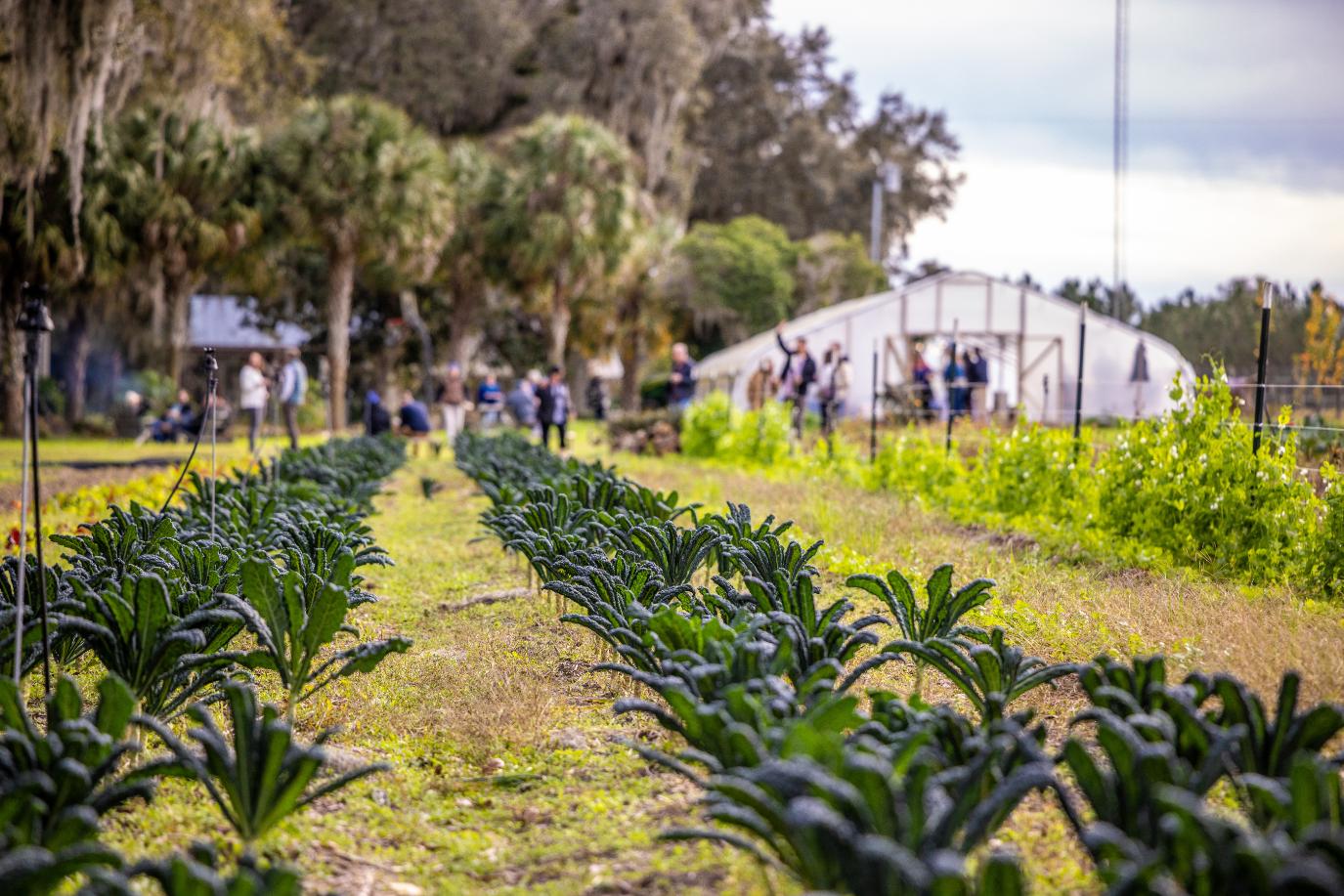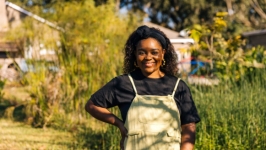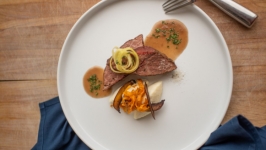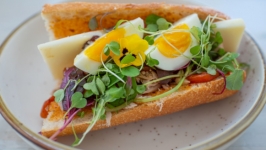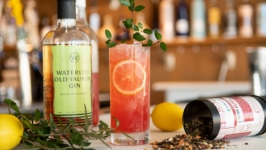The Taste of Terroir
Terroir is a concept most often associated with winemaking, referring to the unique combination of environmental factors that contribute to the distinctive flavors and characteristics of each vineyard’s products. Lately, as we seek to connect more to the source of what we eat, a growing appreciation of the terroir of food – food that is defined by a sense of place – is also underway. Every farm in any given place is an ecosystem, and climatic conditions, geography and soil can all differ from farm to farm even if they are in the same region, shaping the flavors that end up on our plates.
Soil composition is a crucial element of terroir. In general, Northeast Florida has sandy loam with some underlying clay, which imparts specific mineral profiles to the crops grown in each region; each type of soil also presents specific challenges to farmers. “Our topsoil is a sandy loam, but it’s relatively thin and goes into heavy clay after several inches to a foot. Cover crops are a great way to build soil if you have years to wait for production,” says Scott Meyer, co-owner of Congaree and Penn farm in Northwest Jacksonville. “As we began converting our old rice paddies into vegetable and floral production, we brought in large amounts of compost and applied a variety of ground covers like wood shavings and hay. We are now top-dressing with compost and utilizing cover crops to continue deepening our topsoil and providing more room for root systems of vegetative crops and root vegetables to inhabit.”
One way to enhance soil health and terroir is to practice sustainable and responsible agricultural methods. Sustainable practices, such as organic farming, biodiversity conservation and land stewardship help maintain the integrity of the terroir and ensure its sustainability for future generations. These practices also provide ongoing lessons in what works and what doesn’t, even to those who have been farming for many years, as Noah Shitama, owner of Swallowtail Farm in Alachua County can attest. “Farming has always been a wild adventure in experimentation, constant failures and new ideas to try on, with an occasional beautiful epiphany if we’re lucky,” Shitama says.
For 12 years, Swallowtail Farm was located on land along the northern edge of Alachua County in the uplands of the Santa Fe River watershed. The elevation was high enough that it had not been inundated in the last ocean age, and therefore had a bit of a redder tinge (more clay) and more organic matter than much of the sandy soils that characterize Florida. Recently Shitama and his partner Melissa Muller moved their operation to a new location outside of Gainesville. “We’ve only been farming about three years on the land where we live and farm now, and every day we’re learning things about the soil, light, drainage, weed growth, temperature differences and much more between different parts of our small farm. Simple things, like being close to pine trees which give off a warm heat signature and lend acidity to the soil, can dramatically shift what and how we want to grow in a specific micro pocket of the farm. They also inevitably change the way things taste.”
The move towards an appreciation of terroir is one we see professional cooks make as well. This issue’s recipes come from chefs who prepare meals at each of these farms, providing a little taste of our local bounty and a reminder that you are where you eat.


